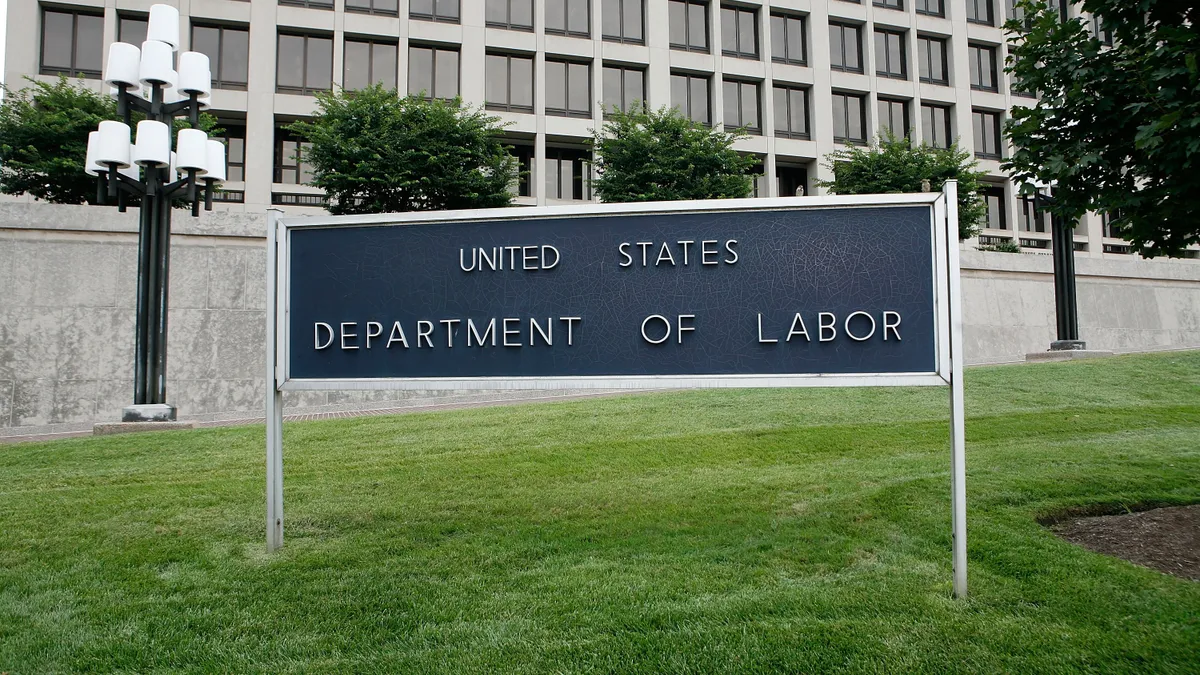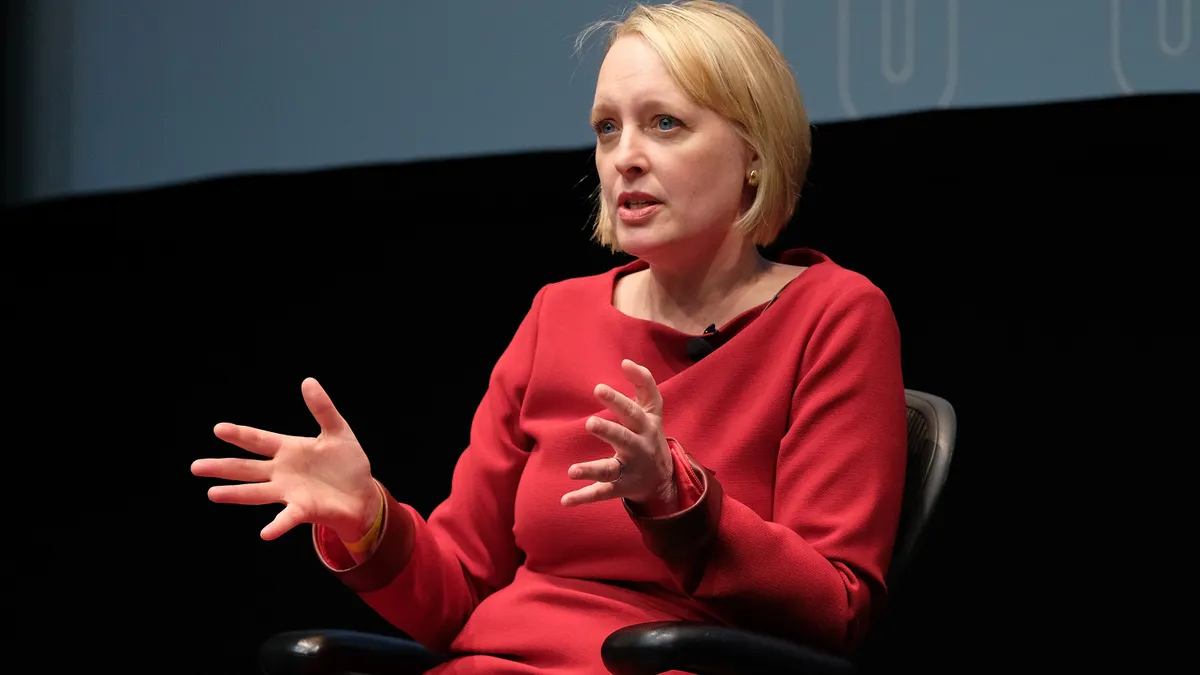Two federal court rulings in Texas within the past week diverged on the question of whether to block enforcement of the U.S. Department of Labor’s overtime rule, with one judge on Monday denying a request for stay or preliminary injunction of the rule filed by a technology company and another granting an injunction of the rule insofar as it applies to Texas state employees.
In the former case, Flint Avenue, LLC v. U.S. Department of Labor, Judge Sam Cummings held that plaintiff Flint Avenue failed to demonstrate irreparable harm resulting from the rule — the first part of which took effect July 1 — that would justify an injunction.
However, Cummings also said he would consider the merits of the company’s claims challenging the rule’s other provisions, including DOL’s proposal to again raise the threshold for overtime pay eligibility in January 2025.
In the latter case, State of Texas v. U.S. Department of Labor, Judge Sean Jordan held that DOL exceeded its statutory authority in issuing the rule. Specifically, Jordan said DOL’s effort to raise the salary threshold effectively categorized employees as exempt on the basis of their salary levels rather than their job duties as executive, administrative and professional employees.
Jordan said he would grant an injunction because Texas was likely to succeed on the merits and otherwise met the requirements for an injunction. But because his decision was limited in scope, the July 1 increase became effective for the majority of employers.
Meanwhile, DOL is still awaiting the outcome of a third, separate case — also in a Texas district court — in which a coalition of business groups led by the Plano Chamber of Commerce claimed that the overtime rule violates the Fair Labor Standards Act as well as the Administrative Procedure Act. The plaintiffs seek injunctive and other relief, and they have asked that the court vacate the final rule.
Chevron doctrine’s death a potential threat
Jordan’s decision occurred on the same day the U.S. Supreme Court in Loper Bright Enterprises v. Raimondo struck down its Chevron deference doctrine requiring federal courts to defer to agency interpretations of vague statutes. Jordan cited the outcome of Loper Bright in his own decision, stating that his analysis of the overtime rule “carefully follows Loper Bright’s controlling guidance and the APA.”
Analyzing the DOL’s implementation of the Fair Labor Standards Act, Jordan wrote that a salary threshold requirement which “effectively displaces” the act’s exemption from overtime pay for executive, administrative and professional, or EAP, employees “flatly contravenes” DOL’s authority.
“The application of a salary threshold for the EAP Exemption only comports with the Department’s authority under the FLSA, if at all, to the extent such threshold serves as a plausible proxy for the categories of employees otherwise exempted by the duties test,” he said. “That means a Department-invented test, untethered to the text of the FLSA, that systematically deprives employees of the EAP Exemption when they otherwise meet the FLSA’s duties test, is necessarily unlawful.”
Employees must not only perform specific duties in order to qualify for the EAP exemption, known as the “duties test,” but they also must earn pay above the salary threshold set by DOL, known as the “salary basis test.”
According to the Congressional Research Service, the DOL has implemented a salary basis test for determining overtime eligibility since the FLSA first took effect in 1938. The agency’s method for doing so has varied in that time, though, and it was not until 2004 that the administration of former president George W. Bush created a standard duties test and salary level test for all EAP employees.
Despite its longevity, DOL’s salary basis test has been tested in the courts. The most recent example is a 2022 lawsuit brought by a Texas restaurant operator who alleged that DOL lacked the authority to use a salary basis test at all. A federal judge rejected this claim last year, holding in R.U.M. Enterprises v. U.S. Department of Labor that the test met the two-part framework for agency deference under the Chevron doctrine.
Chevron’s overturning could open the doors for an appeal of that decision, however. The plaintiff in R.U.M Enterprises appealed the decision to the 5th U.S. Circuit Court of Appeals, which issued a request to the parties for supplemental briefing on the question of whether Loper Bright has any effect on how the case should be decided. The 5th Circuit set a date of Aug. 7, 2024, for oral arguments in the case.























